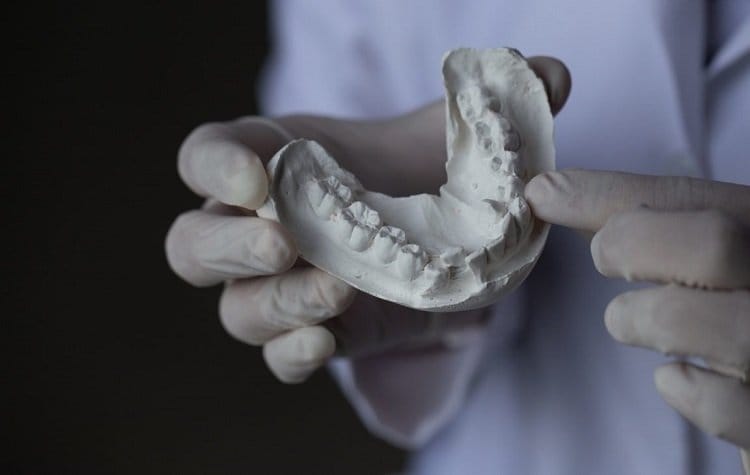The vast majority of American adults will get at least one cavity in their lifetime. There’s no need to fret, though. As long as consumers address them quickly, cavities can usually be repaired easily at a low cost with no lasting damage. Before heading to the dentist, read on to find out about four types of fillings for help with choosing the one that will be the best fit.
1. Amalgam Fillings
Consumers who head into any dentist and just say “I Need A Dental Filling” will almost always be offered amalgam fillings. Also known as silver fillings, they are durable enough to withstand even heavy chewing for well over a decade. Unfortunately, traditional amalgam fillings are not the best fit for all patients.
Amalgam fillings are very visible, so they’re not ideal for front teeth. They can also cause discoloration of the surrounding natural tooth and, in some cases, create additional problems like cracks or fractures that may need to be addressed later. Silver fillings can also increase consumers’ sensitivity to hot and cold.

2. Composite Fillings
Composite fillings are a much better option for easily visible cavities since dentists can closely match the material to the color of their patients’ natural teeth. Aesthetic concerns aren’t the only factors driving patients to ask for composite fillings, either. Since the composite chemically bonds to patients’ existing tooth structures upon application, it also offers more support to the tooth and creates fewer problems with cracks and breaks.
Aside from costing slightly more, composite fillings only come with one serious downside: they’re less durable than amalgam fillings. For most consumers, the benefits of having nearly invisible fillings that won’t discolor their natural teeth or leave them with additional tooth damage more than outweigh the added cost of slightly more-frequent replacements.
3. Gold Fillings
Gold used to be a popular material for dental fillings, and even today, some consumers still prefer it over more traditional materials. It’s strong and durable, and it creates a truly unique look that will attract plenty of attention. Unfortunately, the downsides of gold fillings make them impractical for most consumers.
First, gold fillings cost up to ten times more than traditional fillings. They also require substantially more time in the dental chair since it typically takes two visits to place them. While gold fillings used to be a sign of affluence, today, they’re usually looked upon as being gaudy and ostentatious, and most dentists won’t even place them. That means most consumers should just rule out this option now.
4. Glass Ionomer Fillings
Glass ionomer fillings serve a very particular purpose. They’re reserved for fillings below the gum line and in other areas far away from chewing surfaces. These types of fillings aren’t very durable, and they can’t withstand much pressure. However, they are designed to release fluoride over time, strengthening the surrounding tooth structures, and improving dental health. In the limited circumstances in which they are appropriate, glass ionomer fillings can be very beneficial, and they cost only about as much as a composite filling.
The Bottom Line
Gone are the days when consumers who needed to have their cavities repaired had little choice but to wind up with mouths full of metal. Today, dentists can place composite fillings that look just like the surrounding natural teeth and save the amalgam for rear molars where no one will see it. Just make sure to ask the dentist what kind of fillings his or her office uses before scheduling the appointment.

